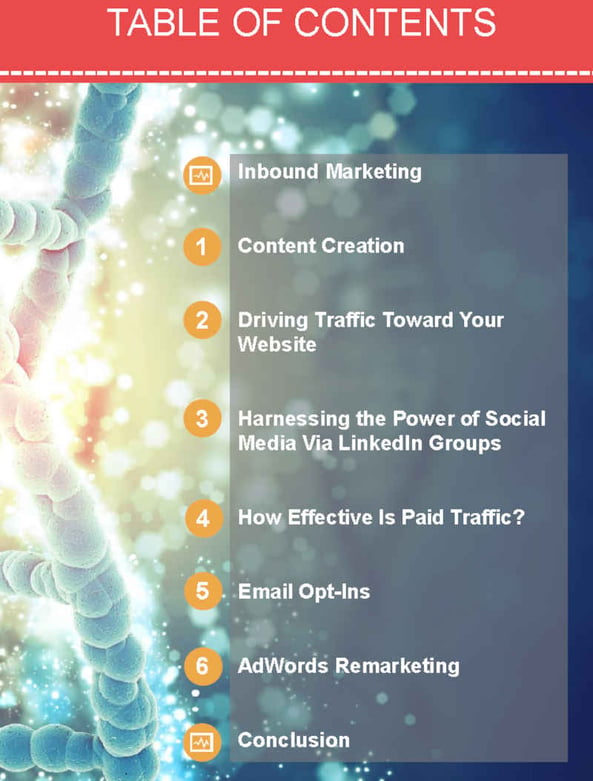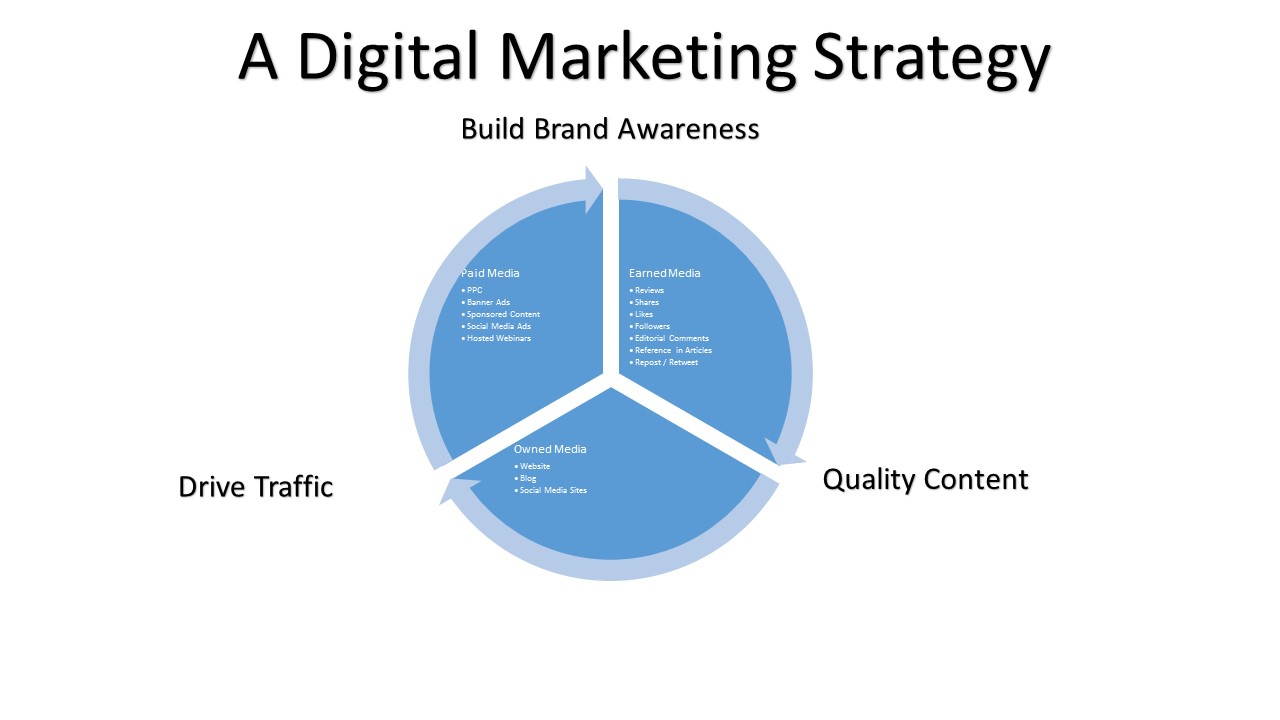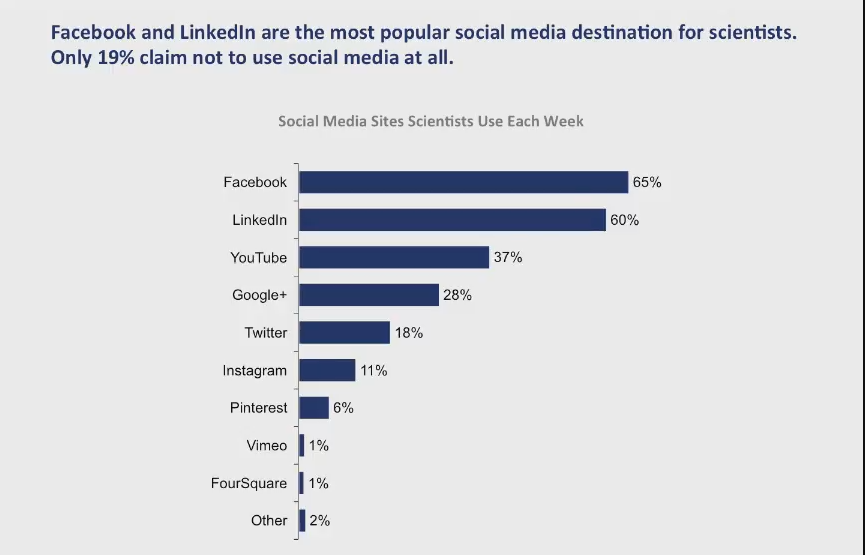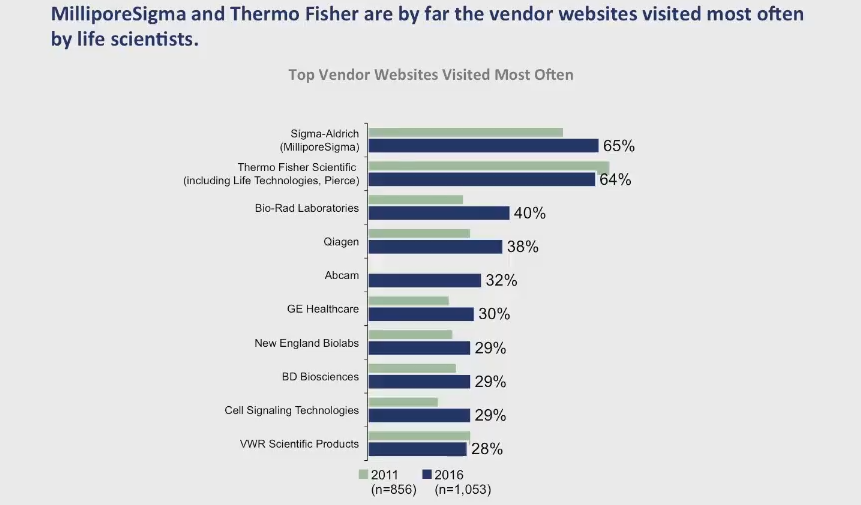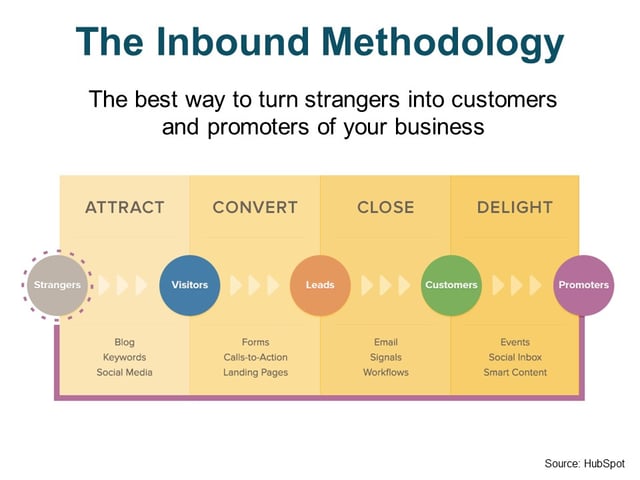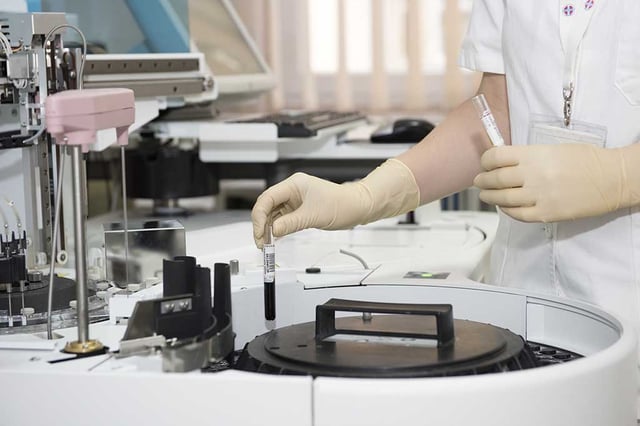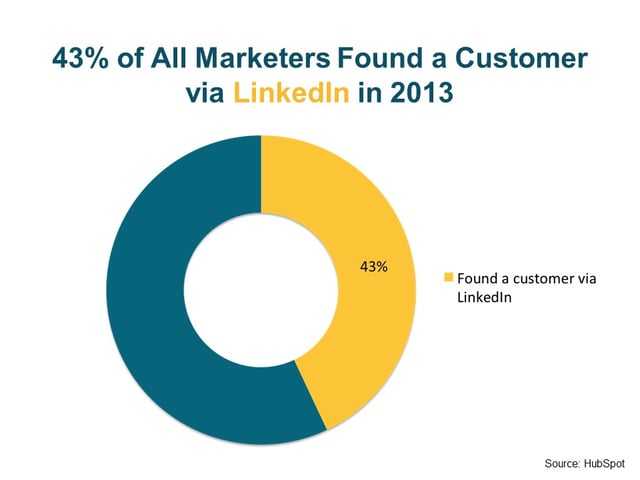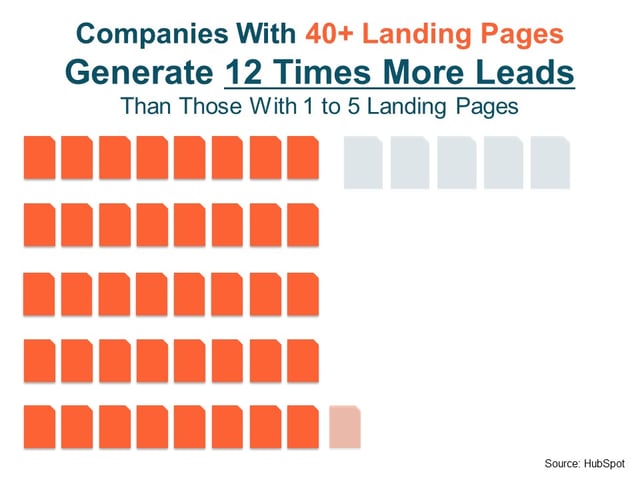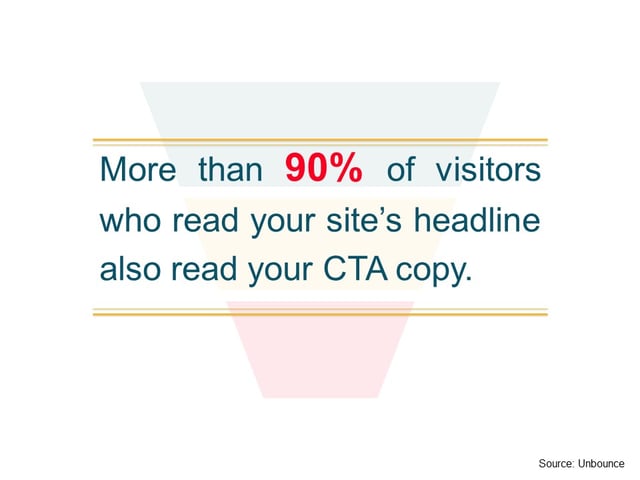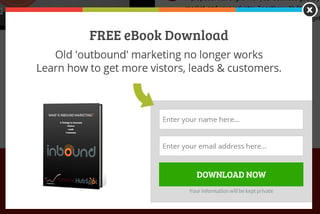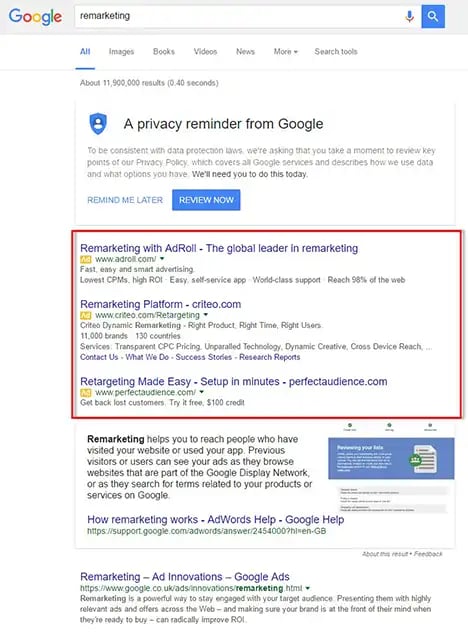Life Science Marketing: Inbound Sales & Marketing Strategy
- Home
- Life Science Marketing: Inbound Sales & Marketing Strategy
Inbound Marketing For Life Sciences - What's it all about?
In life science marketing, there are some essential factors to consider regardless of the product or service you are providing. You could be marketing pharmaceuticals, lab equipment, consumables, high-end microscopes, mass spectrometers, DNA sequencers, or research services. You want to make sure that the life science professionals and scientists in your niche take notice. Companies are increasingly calling on the services of AI healthcare consulting companies for help.
Download this article as a free PDF to read and share, Click Here..
Source: (Designed by Kjpargeter - Freepik.com)
An adequately researched, carefully built, structured marketing strategy and tactical plan can help you stand out, making your business more competitive, robust and rewarding.
Any advertising or marketing campaign to increase life science sales should start by developing a clear strategy aligned with your business goals. Before defining your marketing strategies, it's essential to identify your offering's unique advantages and how they compare to the challenges of your target clients.
To successfully market to the life science sector, it's essential to understand how scientific customers use digital content to find, choose, buy and use products and services for their work.
In this article, we'll cover the most effective strategies when marketing to life scientists. These strategies will be applicable across multiple sub-sectors, including:
- pharma digital marketing
- marketing biotech
- medical device marketing
- general marketing in science
We will identify the characteristics of practical strategies that drive traffic and improve the conversion rates from visitors to leads and from leads into customers. Many of these strategies have been taken from successful life science consulting firms and pharma marketing companies, forming the current 'best practice' in science marketing.
Digital Marketing
A digital marketing strategy for life science marketing is a tactical plan for engaging with customers through digital channels. It is one component of an overall marketing plan that supports the company's strategic business objectives.
A digital marketing strategy helps drive traffic to a company website, engage with website users (turning them into leads), convert them into customers, and retain them through an ongoing support process.
This is often achieved with a combination of both inbound and outbound methods, such as:
- Search engine optimisation
- Pay-per-click advertising
- Social media
- Video
- Mobile
- Webinar marketing tactics
Research
Research is critical in the preparation of a life science digital marketing strategy. Here are several factors that you may want to review (change the details depending on your specialisation):
Time Spent Online
- Hours spent by scientists viewing web content related to their research.
- Percentage of time spent looking for information about laboratory products and services.
- Percentage of time spent viewing online content that is focused on lab products.
Search Engine Optimisation
- Top online sources of information searched when researching lab products and services.
- Use of natural (organic) search versus sponsored ads.
- The proportion of general searches that result in clicks to paid ads.
- Perceptions of accuracy and usefulness of sponsored and paid ads.
- A combination of search criteria is used when looking for lab products and services.
Social Media Marketing
- Most frequently used social media platforms for the life science community.
- Most frequently used science-oriented social media sites used to support research.
Email Marketing
- Openness to various types of email content and preferences of frequency of contact.
- Email elements from suppliers that scientists find most interesting.
- Incentives that encourage scientists to join a supplier opt-in email list.
Mobile Marketing
- Prevalence of text messaging from life science suppliers.
- Willingness to accept push notifications on a mobile device.
- Scientists would be willing to receive types of text messages from a life science supplier.
Video Marketing
- Percentage of scientists who have watched an online video promotion of a life science supplier.
- Reasons for watching a life science supplier's online video.
- Average number of supplier videos watched in the past six months.
- How many videos do you watch prompt a scientist to search for additional information?
Webinars
- Percentage of scientists who have attended a webinar by a life science vendor.
- An average number of live supplier webinars attended in the past six months.
- How many supplier webinars prompted a scientist to search for more information?
Websites
- Supplier/competitor websites visited most often.
- Most popular vendor websites.
- Characteristics of the most popular websites.
- Most helpful features of a supplier website.
Life Science Content Marketing / Inbound Marketing
- Types of online content produced by other scientists and independent publishers utilised to learn about lab products and services.
- Types of online content from life science vendors utilised to learn about lab products and services.
- Ranked value of personalised content designed to help a scientist find, choose, buy and use products relevant to their work.
To properly allocate your digital marketing resources, you need to review the above, consider the differences between regions and age groups, and compare them with past findings to highlight trends.
If you are working with biotech consultants at a top life science consulting firm, make sure they report the above statistics for your sector to you.
Science and Marketing Fact: Most scientists begin their search for information about lab products with a general web search. Scientific publications and information on a vendor's website are close second and third sources (Bioinformatics LLC).
Search Engine Optimisation For Life Science Suppliers
A general web search has the advantage of discovering information produced by life science suppliers and third-party publishers, as well as citations and reviews in the relevant literature.
Suppliers must continually analyse incoming traffic to understand how users find their site through organic (non-paid) searches.
Keywords alone are no longer enough to drive traffic to a site. Changes in Google search algorithms now place a large emphasis on the quality of the content and its relevance to the associated keywords, driving the shift towards content-based inbound marketing.
Reference: https://moz.com/google-algorithm-change
So, optimising how scientists look for your products and services is under your control.
How Do Scientists Search For Products Online?
Scientific Marketing Fact: 16% of scientists say that they click on sponsored links that appear above or below the organic listings (Source: Bioinformatics LLC). They say that they find these ads useful, so a paid ad campaign is often justified. However, detailed ROI work needs to be done on the actual costs, as paid science advertising can be expensive.
To rank highly for your targeted search results, suppliers' information must be high-quality and reflect scientists' search intents.
Social Media For Scientists
Social media has always been a challenge for life science vendors as they struggle to provide the ROI of time and effort in social channels. However, statistics show that only 19% of scientists claim not to use Social Media for their product and service research.
Life science marketers are best served by focusing their efforts on the specific channels relevant to their niche. They should also carefully analyse and track conversion rates from social media campaigns.
Science Marketing Fact: There is little evidence that paid social media ads effectively drive sales in the life science sector.
Scientific groups on LinkedIn are often not widely used for scientific discussion. Many science-related websites have a social component, offering some opportunity for banner advertising and sponsored links. However, they are often too diverse to reach a receptive audience.
Source: (Bioinformatics LLC).
On average, scientists use 2 to 3 social media sites every week.
What Are The Most Popular Social Media Sites For Scientists?
Social media can best be used to share and distribute high-quality content with a community.
Life Science Websites
A company website is the centrepiece of its digital marketing efforts. As such, it should continually add new content to drive traffic from customers and prospects.
The design should include intuitive navigation, advanced search capabilities, and content designed to support the customer buyer's journey.
Lead generation capabilities can support highly personalised campaigns appealing to different customer personas.
A mobile-friendly site is key, as the majority of searches are now done on mobile or tablet devices rather than desktop PCs.
An example of a viral site that does all this well is Thermo Fisher Scientific: https://www.thermofisher.com
What Vendor Sites Are Visited Most By Scientists?
Source: (Bioinformatics LLC)
Content Marketing
Many vendors deliver their content marketing using a silo-based design-and-delivery method, which involves little cooperation or communication between divisions.
This is why many marketers working in the life science sector are turning to an inbound methodology. They are attracted by its emphasis on education-based marketing and the strong use of analytics and data-driven campaigns.
Inbound marketing for life sciences is an increasing trend, but for many, the concept of inbound marketing is relatively new.
The industry has used outbound marketing tactics as its primary marketing strategy.
In the digital age, for a marketing strategy to be effective and drive sales growth, the marketing function is shifting focus from outbound promotional activities to reaching a broader market. By doing so, new prospects are attracted, visitors are converted into leads, and leads are converted into customers. Inbound marketing for life science companies is becoming a mainstream strategy.
What Content Is Most Used By Scientists?
Source: (Bioinformatics LLC)
The Inbound Methodology For Life Science Marketing
Inbound life science marketing may sound more complex than outbound marketing, but it's more synergistic.
For instance, outbound marketing is designed to achieve a single exchange of value—i.e., the purchase of a good or service in exchange for money. In contrast, inbound life sciences marketing is designed to engage in many small exchanges of value that can help life sciences achieve its marketing goals.
An effective inbound marketing campaign grabs attention, builds trust and strengthens the relationship with your target market.
Inbound marketing allows the marketing of life sciences to enter into new value exchanges during their sales cycle, before the traditional exchange of product/service for money offered by outbound marketing.
These new exchanges are driving sales for marketing life sciences.
The following strategy is based on inbound marketing for the life sciences industry. It's specifically designed to enhance organic traffic and grow e-mail subscribers by leveraging creative content marketing, remarketing techniques and integration with social media networks.
Suppose you aim to create inbound, SMART pharmaceutical marketing strategies (Specific, Measurable, Attainable, Relevant and Timely). In that case, an effective inbound life sciences marketing strategy depends on creative and informative content and measuring the ROI of your inbound campaign.
If you can, create and offer excellent tools, information, and resources to your potential science and lab clients free of charge. This will not only give you an edge over your competitors but will substantially increase your brand awareness, enabling you to gain the trust of your target market.
Life science inbound marketing can help a life sciences company to become an industry expert through information sharing. This can be done in-house by training internal staff on best practice solutions or hiring a specialist external digital medical marketing agency to do the work for you.
An experienced science marketing agency can reduce the learning curve and improve your marketing ROI. They earn their marketing salary by making the complex compelling.
For instance, take Abcam, Thermofisher and Genscript. They have great examples of how to build an inbound biotech sales funnel. Their websites have created massive collections of resources that provide lab researchers and scientists with bioinformatics guides, tools, protocols, video tutorials, posters, and lots of insightful resources.
This information sharing, based on life sciences inbound marketing, has brought them online success and led them to dominate significant search engines like Google, Bing and Yahoo.
The average monthly traffic of Thermofisher is over 2 million, with 61% of traffic coming from organic search, directing visitors to their comprehensive database of tools and resources.
The next step in marketing life science is driving traffic towards that content. This can be achieved through sharing links on various social media channels or search engine optimisation (SEO) techniques.
The most popular social media channel for reaching out to scientists and lab researchers is their LinkedIn Profiles. LinkedIn is not only about careers and science jobs; it's also about marketing your product, your service, and yourself.
To reach your target audience on LinkedIn, you must optimise your content for that particular social media platform and its audience.
The next major step is to format your content to get leads via email opt-ins.
According to a report that surveyed 1000 life scientist researchers, promotional offers via email are the most valuable tools for scientists in helping them find products they need for their research. This is why you need to increase your email subscriber list.
Finally, those website visitors who arrive on your site but don't opt-in to email are later retargeted using Google remarketing.
Here are the major inbound marketing strategies that can drive traffic and sales to your life sciences, pharmaceutical, healthcare, medical or biotech website. These strategies can be deployed by your partner medical marketing agency or by your in-house marketing team:
Part 1: Content Creation For Life Scientists
If, for example, your main goal is biotech sales, then an inbound biotech marketing strategy must begin with great content.
Creating informative and insightful content is the backbone of biotech inbound marketing.
Content creation takes different forms, such as a white paper, a detailed infographic, a research article, or even an elegant poster.
The most important benefit of these tools and resources to your target customers is value.
Providing value reinforces your brand as an industry thought leader with the power to influence the market.
Rest assured, the next time your potential customers want any product or service related to the information you have shared, they will automatically turn to your website.
To optimise content and make it work for you in the long run, it is imperative to incorporate relevant keywords to pull your target audience towards you.
The high organic traffic you receive on your website comes from efficient keyword research.
Besides that, regular customer feedback is also essential, along with following up on current social media trends and keeping up with your competitors' content.
It has been observed that the best type of content in life science is often a comprehensive guide based on one popular topic.
A guide should have detailed sections and sub-sections spread across several web pages, each targeting a specific sub-topic. So, if you have several different pharmaceutical marketing strategies that need to be implemented, don't try to cover multiple pharmaceutical advertising goals in one piece of content. Choose one and cover it in detail.
Your pharmaceutical marketing plan should be broken down into multiple sub-plans as part of an overall strategy so that each can be individually executed and tracked.
Recommended Action
- Create relevant content by providing high value.
- Optimise the content by using relevant keywords through keyword research.
- Follow up on current social media trends.
Resources
Part 2: Driving Traffic Toward Your Life Science Website
A marketing funnel cannot be completed if there is no way to reach the millions of users on search engines. It would help if you had SEO experts on your side. Here are some stats:
Google Traffic For Life Science Companies
Driving traffic to your website is as essential as creating informative and insightful content.
When you publish an informative guide on your site, you must include links in key phrases to enable visitors to click on your website.
The more relevant key phrases you use in your guide, the better your chances of attracting organic traffic. Selecting the right keywords requires thorough research, but this is the most effective technique.
Fortunately, several tools can provide life science marketers with relevant keywords, such as Moz Pro, Google’s Keyword Planner and SEMrush. These enable you to leverage high-traffic keywords in your content. If you have an inbound marketing agency you're working with, they should have professional-level access to all these tools.
Recommended Action
- Generate organic traffic by using key phrases and keywords to help your content be found.
- Use a tool to find relevant keywords: Moz Pro, Google's Keyword Planner, or SEMrush.
Resources
Part 3: Harnessing The Power Of Social Media Via LinkedIn Groups
After Researchgate, LinkedIn is considered the world's second most popular and effective social media platform for life scientists.
However, LinkedIn is more flexible in implementing inbound marketing strategies than Researchgate.
Research conducted in 2014, Bioinformatics Content Marketing Report, observed that 21% of researchers preferred LinkedIn for sharing informative and insightful content.
Sharing content on LinkedIn Groups is one of the best ways to engage with various groups on LinkedIn. Marketers wanting to implement a healthcare inbound marketing strategy can share insightful content from their website with hundreds of biotech groups. Marketing biotechnology professionals have a ready-made audience who wish to consume their content.
This is the perfect platform to share your created content.
NB: Be careful how you display your content. If group administrators notice that your content looks more like spam or sales, your shared link might be removed without warning.
Recommended Action
- Use social media platforms such as Researchgate or LinkedIn to provide potential customers or business partners with your informative and insightful content.
- Allow visitors to connect with you on social media platforms through social media buttons on your website.

- Set up an inbound marketing strategy.
- Create groups to reach prospects even more precisely.
Part 4: How Effective Is Paid Traffic?
Several marketers in the bioscience marketing field prefer using paid ads. One big mistake is creating separate landing pages for your ad groups. Separate pages allow you to get a higher ROI with each click.
It's also important to match the advert the user sees with the final page delivered. A common mistake in building PPC ad campaigns is to send all traffic to the website's home page. This typically results in low conversion rates and wasted ad spend.
Recommended Action
- Create landing pages specifically for each of your paid campaigns.
- Create as many landing pages as needed.
- Build A/B split tests to fine-tune the ROI.
Resources
Part 5: Email Opt-Ins
After all the hard work driving traffic towards your website, it's time to turn targeted traffic into sale leads.
You can capture your potential customers' email information and update them on your latest products or services.
You can allow your customers to download the entire resource by including a Call-To-Action (CTA) on the website and a quick sign-up.
This way, you will be able to increase your email list.
Recommended Action
- Create landing pages.
- Create a little sign-up - for example, for your newsletter to capture potential customers' email information.

- Use CTAs to capture potential customers' email information in exchange for your content.
Resources
- https://blog.whitehat-seo.co.uk/inbound-marketing-delight-smart-calls-to-action
- https://blog.whitehat-seo.co.uk/inbound-marketing-convert-calls-to-action
Part 6: AdWords Remarketing
Marketers can benefit from Google’s remarketing lists feature.
Through this feature, you can target display ads to visitors who are directed to your guide via a Google search engine or LinkedIn.
By targeting your previous visitors via display ads, you will only target individuals genuinely interested in the resource.
This saves you time and money going after customers who are not interested.
Recommended Action
- Use AdWords Remarketing for display ads to reach a specific group of interested potential customers.
Resources
- https://blog.whitehat-seo.co.uk/marketing-agency-scorecard
- https://blog.whitehat-seo.co.uk/integrate-pay-per-click-marketing
- https://www.whitehat-seo.co.uk/seo-services/pay-per-click-management
Part 7: Benefitting From an Inbound Marketing Strategy
Adding inbound marketing to an existing sales strategy is ideal for life science companies looking to broaden their online presence and generate invaluable sales leads.
Conclusions
- To run an effective inbound marketing life science campaign, you need an omnichannel approach. Set up and test multiple channels, and concentrate on the ones that work best.
- Scientists are searching for useful and consistent information pertinent to their needs across multiple digital channels (omnichannel marketing).
- Marketers must effectively communicate with their customers across multiple digital touchpoints and deliver consistent brand messaging.
- Effective digital marketing requires a dynamic, flexible, and agile brand. It must be advanced and constantly evolving.
FAQ: Inbound Marketing for Life Sciences
Q1: What is inbound marketing, and how does it differ from traditional outbound marketing in the life sciences sector?
Inbound marketing focuses on creating valuable content that attracts potential customers to your brand, while outbound marketing involves pushing your message out through advertising and direct outreach. In life sciences, inbound marketing can be more effective due to the complex nature of products and services, allowing for educational content that builds trust and authority.
Q2: How can I measure the ROI of my inbound marketing efforts in life sciences?
To measure ROI:
- Track website traffic, leads generated, and conversions
- Use marketing automation tools to follow the customer journey
- Analyze engagement metrics (time on page, bounce rate, etc.)
- Monitor social media interactions and shares
- Calculate the cost per lead and customer acquisition cost
- Compare these metrics to your outbound marketing efforts
Q3: What are some unique challenges of inbound marketing in the life sciences industry?
Challenges include:
- Highly specialized and technical content requirements
- Longer sales cycles due to complex decision-making processes
- Regulatory compliance considerations in content creation
- Need for scientific accuracy and credibility
- Balancing technical information with marketing messaging
Q4: How can I create effective buyer personas for life science marketing?
To create effective buyer personas:
- Conduct interviews with current customers and sales teams
- Analyze customer data and behaviour patterns
- Consider different roles in the decision-making process (e.g., researchers, lab managers, procurement)
- Include demographics, job responsibilities, pain points, and information sources
- Update personas regularly based on new insights and market changes
Q5: What are some effective content types for life science inbound marketing?
Effective content types include:
- White papers and technical reports
- Case studies and application notes
- Webinars and virtual events
- Infographics and data visualizations
- Video demonstrations and tutorials
- Peer-reviewed publications and literature reviews
- Interactive tools and calculators
Q6: How can I optimize my life science website for search engines while maintaining scientific credibility?
To optimize your website:
- Use relevant scientific keywords and phrases
- Create high-quality, in-depth content on specific topics
- Implement a clear site structure with logical navigation
- Optimize meta titles and descriptions with scientific terms
- Use schema markup for scientific content
- Include citations and references to credible sources
- Ensure mobile responsiveness and fast loading times
Q7: What role does marketing automation play in life science inbound marketing?
Marketing automation helps by:
- Nurturing leads with personalized content based on their interests and behaviour
- Segmenting your audience for targeted campaigns
- Tracking and analyzing customer interactions across multiple channels
- Automating repetitive tasks, allowing focus on strategy and content creation
- Providing insights into the effectiveness of different marketing channels and content
Q8: How can I leverage social media effectively for life science inbound marketing?
To leverage social media:
- Focus on platforms where your audience is active (e.g., LinkedIn, Twitter)
- Share valuable content, including research updates and industry news
- Engage in scientific discussions and answer questions
- Use hashtags relevant to specific scientific fields and topics
- Showcase your company culture and thought leadership
- Participate in or host Twitter chats or LinkedIn Live events on scientific topics
Q9: What are some best practices for email marketing in the life sciences industry?
Best practices include:
- Segment your email list based on scientific interests and roles
- Personalize content based on the recipient's area of research or specialty
- Use clear, concise subject lines that highlight the value of your content
- Include relevant scientific visuals or data in your emails
- Offer exclusive content or early access to new research
- Maintain a consistent sending schedule
- Always provide an easy opt-out option and respect privacy preferences
Q10: How can I create effective landing pages for life science products or services?
To create effective landing pages:
- Focus on a single offer or product
- Use clear, benefit-driven headlines that speak to your scientific audience
- Include relevant scientific imagery or diagrams
- Provide concise yet informative product descriptions
- Use testimonials or case studies from respected institutions or researchers
- Include a clear call-to-action (CTA) relevant to the scientific buying process
- Optimize for mobile devices, as many researchers use tablets or smartphones
Q11: What practical ways to generate leads in the life sciences sector?
Effective lead-generation strategies include:
- Offering gated content such as whitepapers or research reports
- Hosting webinars or virtual conferences on cutting-edge topics
- Providing free trials or samples of products
- Creating interactive tools or calculators relevant to research needs
- Offering personalized consultations or product demonstrations
- Leveraging partnerships with academic institutions or research organizations
- Implementing chatbots to answer initial queries and capture lead information
Q12: How can I use content marketing to address different stages of the buyer's journey in life sciences?
For different stages of the buyer's journey:
- Awareness: Blog posts, infographics, and educational videos on general topics
- Consideration: Whitepapers, case studies, and comparison guides
- Decision: Product demos, free trials, and ROI calculators
- Post-purchase: User guides, application notes, and customer support resources
Q13: What key performance indicators (KPIs) should I track for my life science inbound marketing efforts?
Important KPIs include:
- Organic website traffic
- Conversion rates for different offers and landing pages
- Lead quality and sales qualified leads (SQLs)
- Content engagement metrics (time on page, social shares)
- Email open and click-through rates
- Webinar or event attendance and engagement
- Customer acquisition cost and lifetime value
Q14: How can I ensure my inbound marketing content remains scientifically accurate and up-to-date?
To maintain accuracy:
- Collaborate with in-house scientists or subject matter experts
- Establish a review process for all technical content
- Stay current with the latest research and industry developments
- Regularly update existing content with new data or findings
- Encourage feedback from your scientific audience
- Consider partnering with academic institutions for content creation or review
- Implement a version control system for technical documents
Q15: What are some common mistakes to avoid in life science inbound marketing?
Common mistakes include:
- Overusing technical jargon without proper explanation
- Neglecting to tailor content for different audience segments
- Focusing too much on product features rather than benefits and applications
- Ignoring the importance of mobile optimization
- Failing to integrate inbound marketing with traditional sales processes
- Not providing enough educational content before pushing for a sale
- Neglecting to analyze and adjust strategies based on performance data
Recommended Action
- Read our eBook to build up your own Inbound Marketing Strategy.
If the marketing funnels look too complicated or overwhelming, or if you need assistance implementing it and fully harnessing the power of inbound marketing tactics, you can contact a life sciences consultant at our agency.
Life Sciences Consultants: Whitehat is an inbound life science marketing agency.
When you contact us, you can talk to a life science consultant who specialises in Search Engine Optimization, Social Media Marketing, Brand Optimization, and Inbound Marketing for life science companies. We offer one-on-one consultations and will be happy to assist you in your inbound marketing goals.

